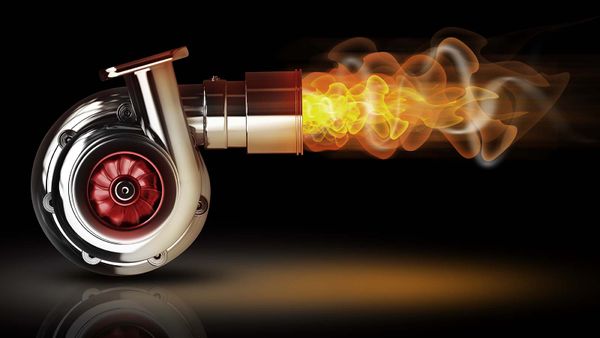A typical nitrous oxide system includes several key components, including:
Nitrous Oxide Tank
The nitrous oxide tank stores liquid N2O, and is usually made from high-strength materials built to withstand the pressure involved [source: Honeycutt]. On one end, these tanks are outfitted with a pressure release valve for safety. Tank size can vary, allowing for user customization.
Solenoids and Delivery Lines
Solenoids, or electronically controlled valves, manage the flow of nitrous oxide and fuel into the engine. They ensure the correct ration of nitrous and fuel is maintained for performance and safety. Equally crucial are delivery lines, which are made of high-quality materials and aid in the transport of nitrous oxide and fuel from their tanks to the engine.
Nozzle or Plate
The nozzle or plate is the point at which the N2O is introduced into the air intake system of the engine. Each works slightly differently. A nozzle system injects nitrous directly into the intake stream, while a plate system is mounted between the intake manifold and the throttle body, creating a more even distribution.
Activation Switches
These let the driver control when the nitrous oxide is injected, and can range from simple push buttons to fully integrated systems that activate under certain conditions, like RPM targets or throttle position.
Pressure Gauge and Bottle Heater
A pressure gauge ensures that nitrous oxide tanks remain in the safe and effective range for operation. Some systems may include what's called a bottle heater, which helps maintain the nitrous systems temperature. This is particularly important in colder climates.
Purge Valve
The purge valve is an additional component designed to release nitrous oxide from the delivery lines before it enters the engine. This helps to remove any air pockets that could disrupt the nitrous flow, ensuring a more consistent and powerful boost.
Each component of a nitrous system plays a vital role in ensuring the system's performance, reliability, and safety. From the storage and delivery of nitrous oxide to the precise control and activation of the system, understanding these components is essential for anyone interested in utilizing nitrous oxide to boost their vehicle's engine performance.


